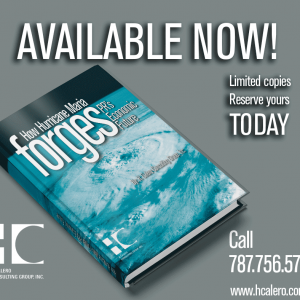
Q3 2012: Striving for Economic Growth
With elections just around the corner, contenders are doing their best to convince voters that they have the solution for all economic issues. Promises of job creation, economic growth, and fiscal balance are everyday fare. However, economic reality is different from these political ads. None of our 6 quarterly economic indices has returned to pre-recession levels. Real GNP is 11% below FY 2006. Unemployment in September 2012 was 3.4% higher than in 2005 and the employment rate was at its lowest in three decades. Whoever wins the election will face a Herculean task of first, returning to pre-recession levels and then, recover the path to growth. Q3 results in 2012 still reveal that Puerto Rico continues to strive for growth but has yet to go some distance in order to regain even pre-recession levels of 2006. The road back to normality will require some structural changes and a vision of growth for the Island.








